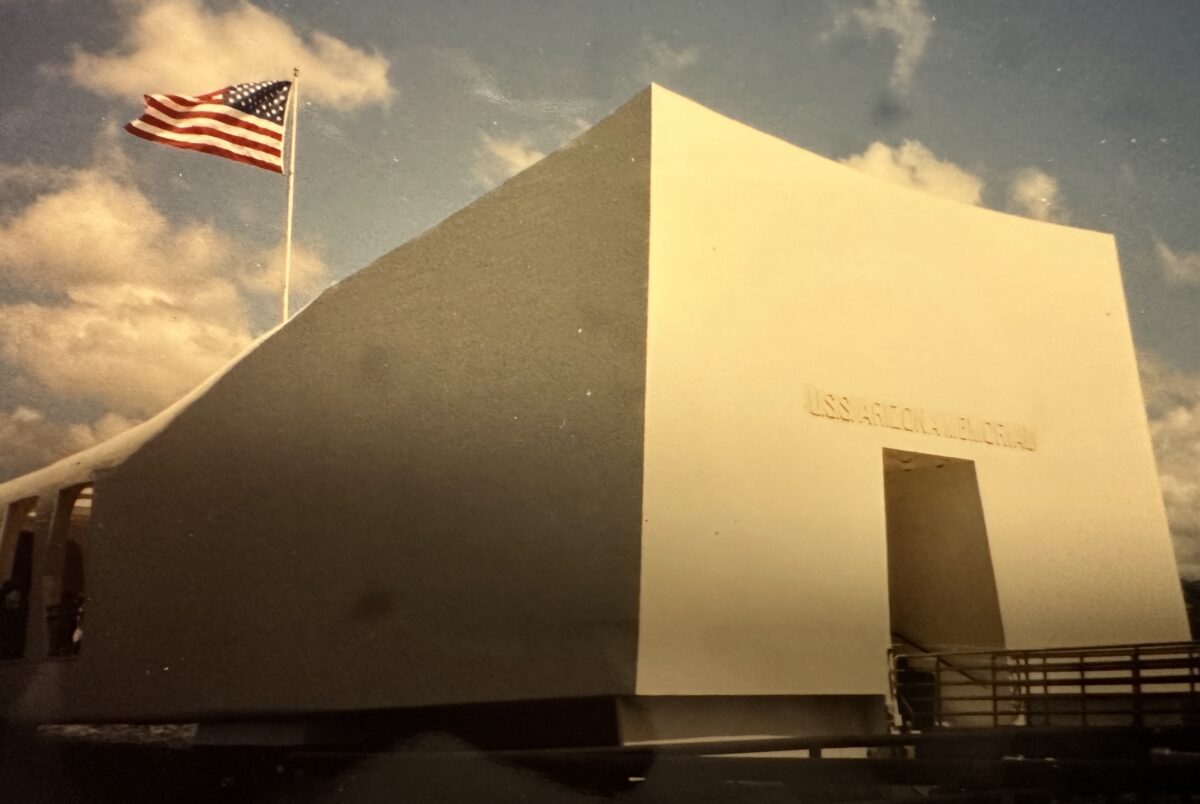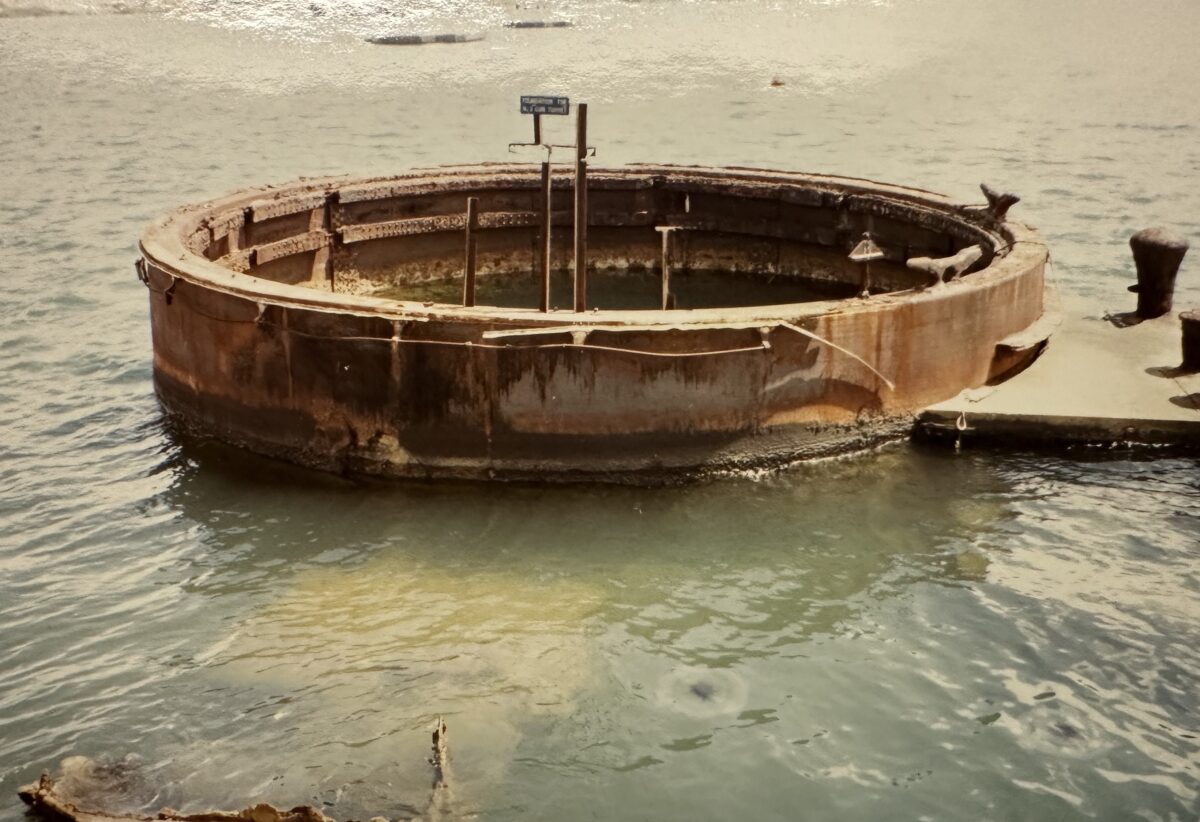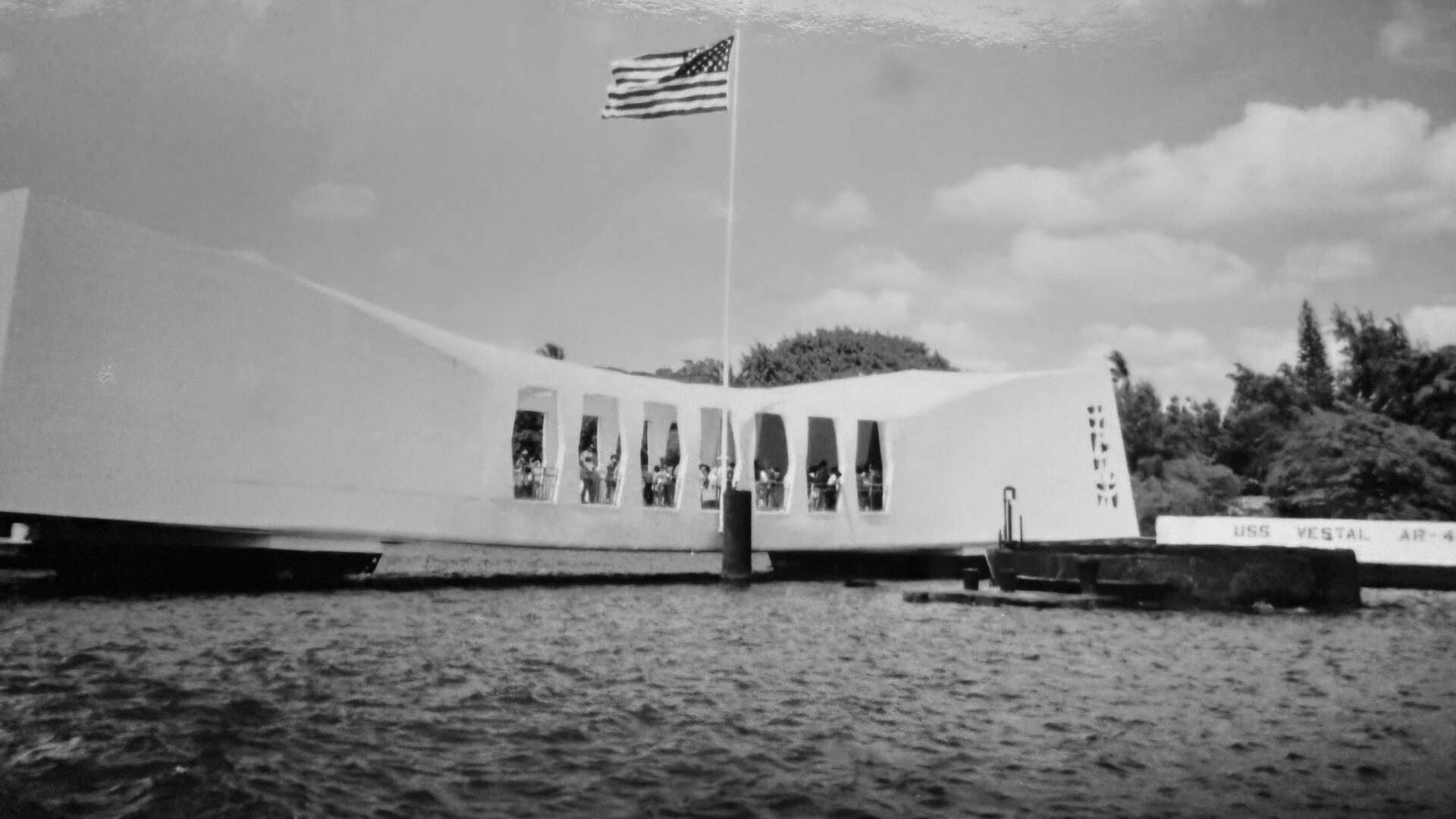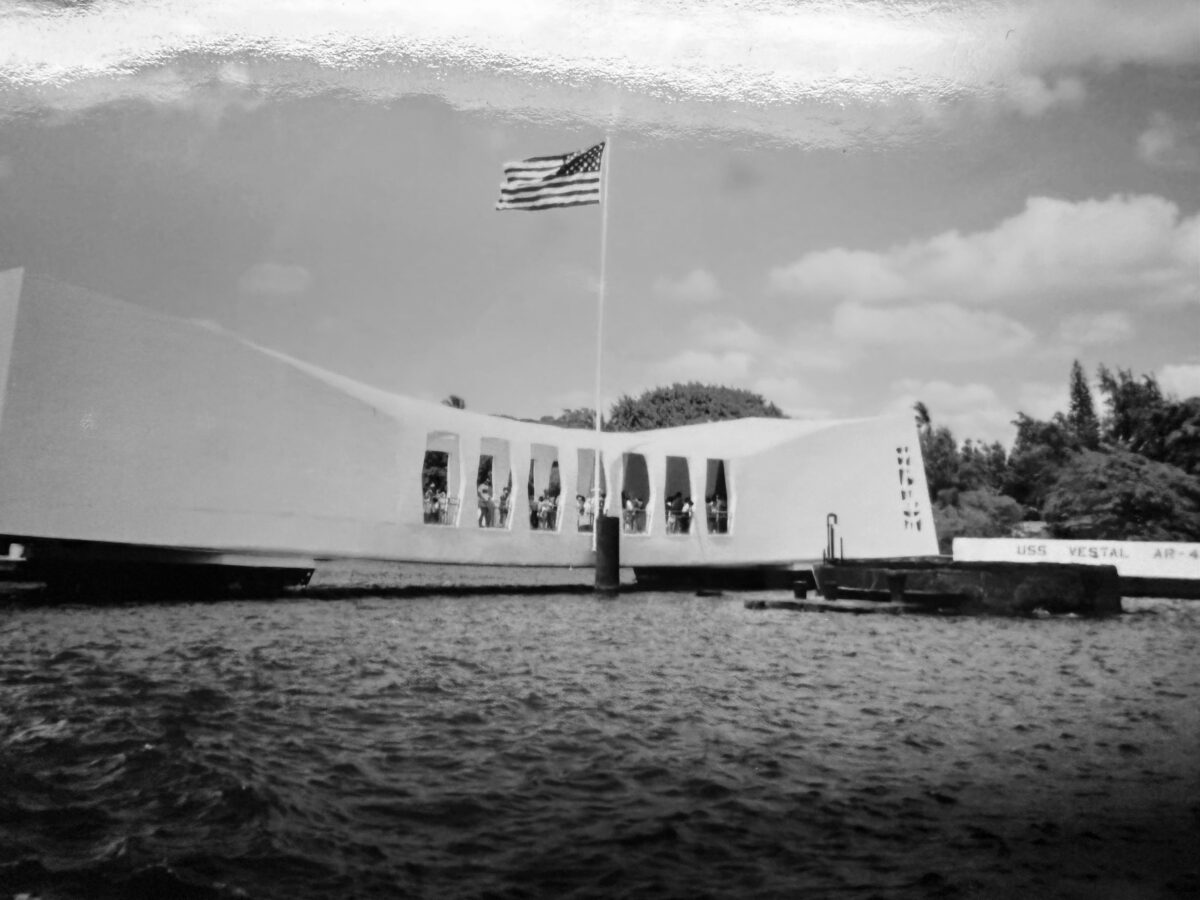Pearl Harbor December 7, 1941
Most people have heard of Pearl Harbor. In fact, Pearl Harbor National Memorial is one of the most visited places in Hawaii, attracting some two million visitors per year. In this sunny, beautiful Hawaiian harbor, it serves as a grim reminder of the terrible price of war and aggression, and as a memorial for the lives that were lost there.
Pearl Harbor Facts
On December 7, 1941, the Japanese launched a surprise attack on the US Naval base at Pearl Harbor, hoping to prevent the US fleet from getting involved in planned Japanese aggression in Southeast Asia. The pacific fleet had recently been repositioned to Hawaii from San Diego, in anticipation of possible Japanese engagement even though at the time, the US was officially “neutral”.
At 8 o’clock in the morning, Japan’s surprise attack caught them unaware. Launched from 6 aircraft carriers, over 350 aircraft attacked. The first wave took advantage of surprise to send torpedo bombers at the battleships, while another set of dive bombers attacked air bases. A second wave came on the tails of the first, focusing on aircraft and hangars, and aircraft carriers and cruisers.
Ninety minutes later left 2,500 Americans dead and over 1,100 wounded, service men and women and civilians. The Japanese sank or damaged most of the ships in the harbor, including cruisers, destroyers and a minelayer. Four of the eight battleships were sunk, although all but the USS Arizona were raised and six of the eight were repaired and returned to battle. Almost half of the US aircraft were destroyed, and most of the rest were damaged, along with hangars, airstrips and buildings.
But even though the attack caught them unawares and unprepared, the memorial is full of stories of brave Americans who valiantly fought back.
Americans enter WWII
They say this attack woke the “sleeping giant”. President Roosevelt aroused the passion of Americans when he addressed the nation saying:
“Yesterday, December 7th, 1941 — a date which will live in infamy — the United States of America was suddenly and deliberately attacked by naval and air forces of the Empire of Japan.”
The US Congress immediately declared war on Japan, and would follow this with declarations of war against Germany and Italy.

Visiting Pearl Harbor
The monument at Pearl Harbor was dedicated in 1962, and is centered on the USS Arizona Memorial. A flag flies daily from a flagpole made of the severed mainmast from the ship.
Atop the still sunken battleship, the park service built a 184 foot concrete structure; a chapel to mark the final resting place of so many American servicemen navy. The memorial spans the length of the ship and has its anchor and bell on display. The centerpiece is a marble wall inscribed with all of the names of the soldiers who gave their lives in action.

From this sombre place you can see the ocean still weeping, oil droplets like tears still come to the surface from the ship buried below. You will take a boat out to see this. There is no fee, but reservations are required.
On shore, there are exhibits, interpretive signs, a movie theatre and bookstore. Displays really bring to life what it was like on the Hawaiian islands during the 30’s and 40’s, and what chaos this surprise attack brought to the entire population. It is pretty amazing to hear and see the stories of all of the non-military who jumped in to help.
Not just Pearl Harbor
Something we had not really been aware of, was how Pearl Harbor fit into the larger picture of the war. We learned that Pearl Harbor was just one part of Japan’s overall strategy to immobilize the US. On that same day, the Japanese attacked other US territories – the Philippines, Guam, Midway Island and Wake Island, as well as British holdings in the pacific. These coordinated attacks brought both the US and Britain officially into World War II.
Although initially Japanese casualties and losses were relatively light, over the next few years this would change dramatically. Visiting the War in the Pacific National Historical Park in Guam gave us far more context of the scale and scope of the aftermath, as well as its affect on native populations in some of these far-flung islands. Although a long trip from the mainland, this national park unit is certainly worth a visit. We’ll talk about this in our next article.
Are you trying to visit all the National Parks, or National Park Units?
If your goal is to visit them, one or all, we’d love to help you strategize. Give us a call at (480) 609-3978 or drop us a note here. We always enjoy talking with people who share our passion for visiting these gems of the National Park Service.
#FindYourPark
#SeeAmericaFirst

